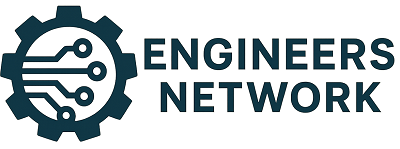A stethoscope is a medical device used to listen to the internal sounds of the body, particularly those of the heart and lungs. It works by using sound waves, which bounce or reflect off structures inside the human body and then go into the ear, amplified and heard as audible noise. The modern Digital Stethoscope uses electronic sensors to pick up these sound waves.
How does a stethoscope work?
A stethoscope works by using a complex series of anatomical components. At the top, there is a round metal piece where two tubes branch off from either side, which connects to an earpiece so the doctor can listen to the sound waves that have been collected. This is called a “head.”
The head is connected directly into a “tube” piece called the “bell.” This is also attached to two shorter tubes that end in a circle on either side. The sound waves collected at this point either go into the doctor’s ears or through a more complex set of tubing- both ends of which connect to another metal part (called a diaphragm) on the other side of the device.
The doctor holds one end of the stethoscope in his ear and places it on his patient’s chest or back. The sound waves collected in the head are transmitted throughout the tubing to eventually reach the diaphragm, which is much thinner than the bell to receive precise, detailed vibrations from within the patient’s body.
Once the sound waves reach the diaphragm, a membrane is attached to it, separating external noise from internal noise, allowing only certain frequencies of sound waves to be transmitted through. The doctor can tell what kind of object produces these sounds by how loud or soft they are and their highness or lowness.
10 uses of the stethoscope:
- Helps doctors diagnose any heart-related problems.
- Helps them to hear if someone’s lungs are clear or blocked up with mucus and blood cells.
- Can help detect abnormal patterns in a heartbeat like racing, irregular or faint beats (extra/missing).
- For checking babies, it is easier as they can hold a stethoscope to their chest.
- Can help detect the location of the sounds of various diseases on different parts of the chest.
- Can listen to bowel and bladder sounds and intestines, which are useful in some conditions like abdominal pain, vomiting, or diarrhea.
- Helps them to figure out breathing and lung problems.
- Can listen to different body sounds like a heartbeat, blood flow in vessels, bowel sounds, etc.
- Helps them to hear the abnormal bubbling of air trapped in tissues due to injury or infection, e.g., at times, it can happen on the chest or abdomen.
- Stethoscopes can also be used to feel body temperature by pressing it on the patient’s forehead.
Doctors primarily use Stethoscopes to hear sounds made inside the body, primarily those associated with blood flow or breathing. Doctors can also use them first on patients’ skin before applying more pressure not to cause discomfort. This allows doctors to hear subtler sounds from inside the body and assess which part of a patient’s chest or back is creating each noise or sound that they hear.





Leave a Reply